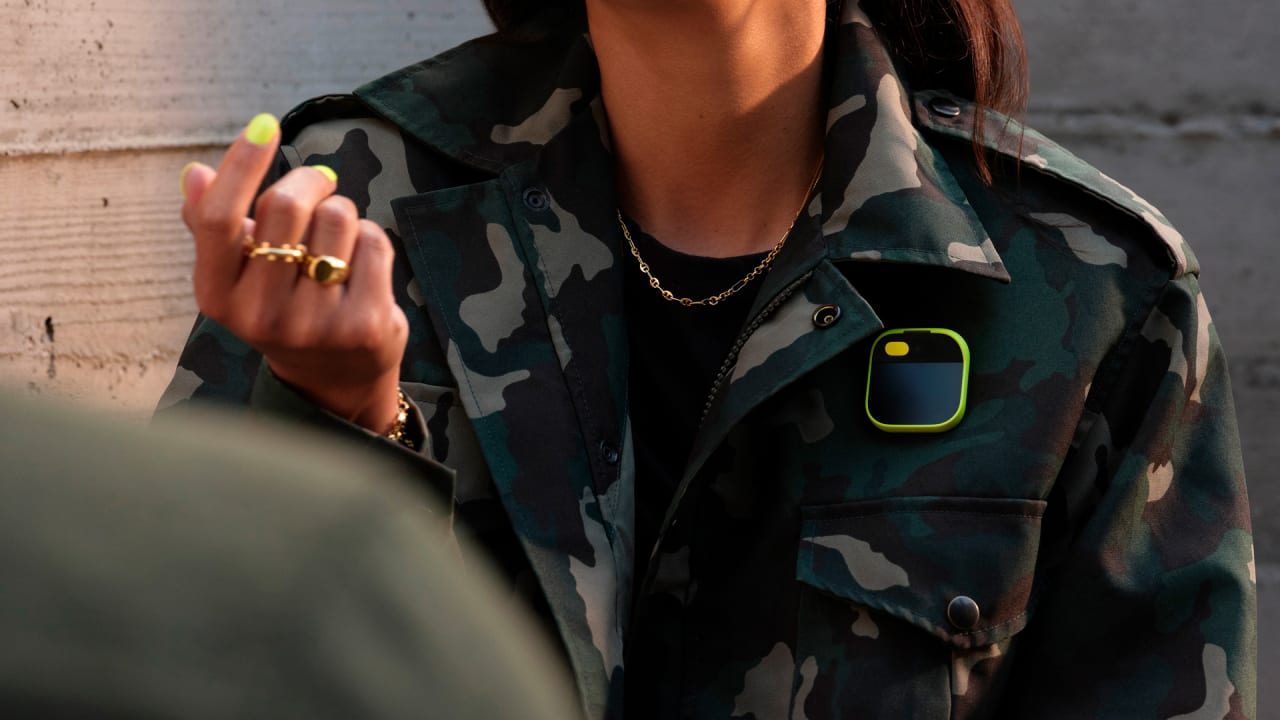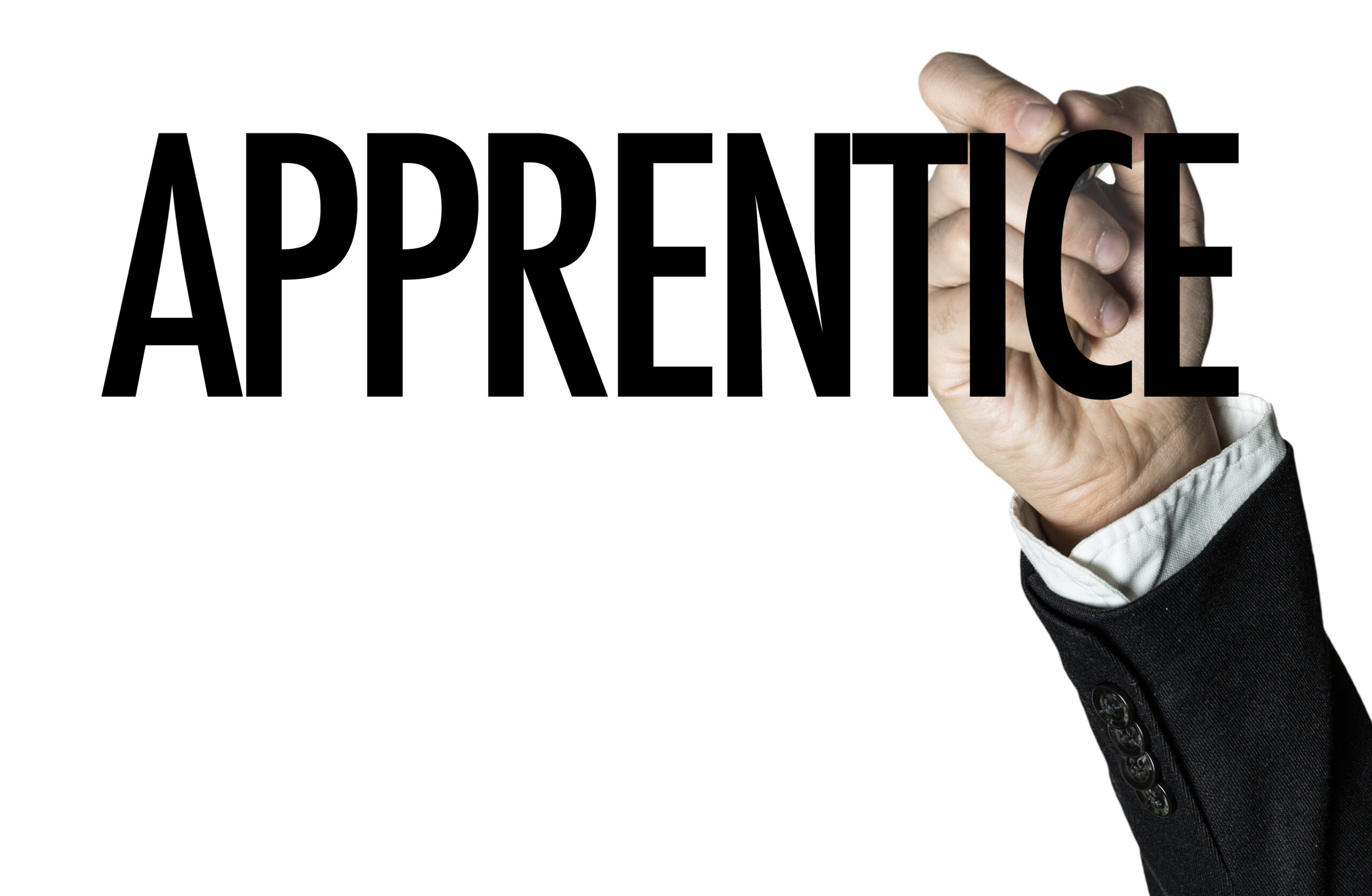Humane’s Ai Pin was never going to be great
Reviews for Humane’s wearable Ai Pin are finally in—and they are, to put it lightly, very bad. Not that we’re surprised. Before the pin officially debuted last November, Fast Company’s global design editor, Mark Wilson, got a close-up demo of the product. His take? The Ai Pin was destined to disappoint. “It appears Humane hasn’t unlocked the potential of AI of today, let alone tomorrow, nor has it fundamentally solved any significant problems we have with technology,” Wilson wrote for Fast Company. “It’s just moved them two feet, from your pocket to your shirt.” Indeed, the reviews have said as much. “Murphy’s law states that ‘anything that can go wrong will go wrong.’ That pretty much sums up my first three days with Humane’s Ai Pin,” one product tester wrote. [Photo: Humane] “It’s literally not cool,” another echoed. “The Ai Pin doesn’t work. I don’t know how else to say it,” said a third. While these sentiments might seem pretty harsh, it’s important to remember that Humane and its ex-Apple, myth-building founder, Imran Chaudhri, had been hyping the Ai Pin for years as something akin to the next iPhone—and collecting $240 million in funding in the process. In theory, Humane’s Ai Pin was designed to reduce overall reliance on screens. It’s a small, matchbox-sized device that attaches to the user’s lapel, supposedly acting as an “assistant and second brain, allowing you to be present and in flow,” according to the company. Achieving that flow state will cost $699 up front, plus an additional $24 per month for a dedicated phone number and unlimited talk, text, data, and cloud storage. Under normal circumstances, it would be up to users to decide if such an investment was worth it—that is, if the device actually did what it was supposed to do. We’ve compiled a guide to the good, the bad, and the ugly from reviews so far. Here are the top takeaways on Humane’s Ai Pin: THE GOOD-ISH The idea is there:Most reviewers agreed that the concept behind a physical AI assistant has legs, especially if it could help reduce screen time. “In just shy of two weeks of testing, I’ve come to realize that there are, in fact, a lot of things for which my phone actually sucks,” writer David Pierce shared in a review for The Verge. If an AI model could reliably handle tasks like checking the time, writing something down, or sending a text hands-free, Pierce posits that it could be “something big.” But, as Fast Company noted in November, the first device out of the gate won’t necessarily be the most successful. Instead, the version with the most “essential and usable design” will rise to the top of the tech world, and a handful of competitors are already at work on their own AI wearables. It’s an elevated product design:Aside from the fact that it somewhat resembles a heart monitor, most reviewers found the look of the Ai Pin quite clean and imaginative. Fast Company similarly described it as having a “premium feel.” The photo function is promising:Users can snap a quick photo or video by using a two-finger tap on the surface of the pin. While reviewers were somewhat divided on the quality of the resulting images, this simple UX touch was generally appreciated. THE BAD It’s fiddly:For most testers, things started to go downhill after unboxing the device. In a review for the publication Inverse, writer Raymond Wong said a strong wind blew the pin straight off of his shirt, and Pierce noted that his backpack straps were constantly rubbing against it. Both Wong and Pierce reported plenty of stares from passersby at the strange white box affixed to their shirts. And nearly everyone had trouble with the battery life. While the pin ships with two battery boosters, those didn’t seem to be much help. Voice responses are slow, and the visual projections would be fun, if they worked:Mainly, the Ai Pin communicates with its user through the spoken word. It can answer questions through a connection to ChatGPT (sometimes incorrectly), and functions almost like an Alexa, though it’s activated through touch, too, rather than only name command. When Wilson tried the pin, he commented on how noticeably slow the lag between question and answer was. “Even on these simple queries running inside Humane’s controlled environment, lengthy response times made it feel anywhere from a little slow to so slow that [Humane product architect] Ken Kocienda had to ask his question a second time, only to trip over the Pin’s answer.” Now that the Ai Pin can be tested in real life situations, reviewers also found the response time to be almost agonizingly slow. Wong counted six seconds between asking his pin about the weather and receiving an answer. “When the other assistants can answer almost immediately, the Ai Pin feels like a turtle crawling while the hares race by, leaving a trail of dust,” he wrote. When users get tired of listening to the Ai Pin, they can technically use the device’s “Las

Reviews for Humane’s wearable Ai Pin are finally in—and they are, to put it lightly, very bad.
Not that we’re surprised.
Before the pin officially debuted last November, Fast Company’s global design editor, Mark Wilson, got a close-up demo of the product. His take? The Ai Pin was destined to disappoint.
“It appears Humane hasn’t unlocked the potential of AI of today, let alone tomorrow, nor has it fundamentally solved any significant problems we have with technology,” Wilson wrote for Fast Company. “It’s just moved them two feet, from your pocket to your shirt.”
Indeed, the reviews have said as much. “Murphy’s law states that ‘anything that can go wrong will go wrong.’ That pretty much sums up my first three days with Humane’s Ai Pin,” one product tester wrote.

“It’s literally not cool,” another echoed.
“The Ai Pin doesn’t work. I don’t know how else to say it,” said a third.
While these sentiments might seem pretty harsh, it’s important to remember that Humane and its ex-Apple, myth-building founder, Imran Chaudhri, had been hyping the Ai Pin for years as something akin to the next iPhone—and collecting $240 million in funding in the process.
In theory, Humane’s Ai Pin was designed to reduce overall reliance on screens. It’s a small, matchbox-sized device that attaches to the user’s lapel, supposedly acting as an “assistant and second brain, allowing you to be present and in flow,” according to the company. Achieving that flow state will cost $699 up front, plus an additional $24 per month for a dedicated phone number and unlimited talk, text, data, and cloud storage. Under normal circumstances, it would be up to users to decide if such an investment was worth it—that is, if the device actually did what it was supposed to do.
We’ve compiled a guide to the good, the bad, and the ugly from reviews so far. Here are the top takeaways on Humane’s Ai Pin:
THE GOOD-ISH
The idea is there:
Most reviewers agreed that the concept behind a physical AI assistant has legs, especially if it could help reduce screen time.
“In just shy of two weeks of testing, I’ve come to realize that there are, in fact, a lot of things for which my phone actually sucks,” writer David Pierce shared in a review for The Verge.
If an AI model could reliably handle tasks like checking the time, writing something down, or sending a text hands-free, Pierce posits that it could be “something big.” But, as Fast Company noted in November, the first device out of the gate won’t necessarily be the most successful. Instead, the version with the most “essential and usable design” will rise to the top of the tech world, and a handful of competitors are already at work on their own AI wearables.
It’s an elevated product design:
Aside from the fact that it somewhat resembles a heart monitor, most reviewers found the look of the Ai Pin quite clean and imaginative. Fast Company similarly described it as having a “premium feel.”
The photo function is promising:
Users can snap a quick photo or video by using a two-finger tap on the surface of the pin. While reviewers were somewhat divided on the quality of the resulting images, this simple UX touch was generally appreciated.
THE BAD
It’s fiddly:
For most testers, things started to go downhill after unboxing the device. In a review for the publication Inverse, writer Raymond Wong said a strong wind blew the pin straight off of his shirt, and Pierce noted that his backpack straps were constantly rubbing against it. Both Wong and Pierce reported plenty of stares from passersby at the strange white box affixed to their shirts. And nearly everyone had trouble with the battery life. While the pin ships with two battery boosters, those didn’t seem to be much help.
Voice responses are slow, and the visual projections would be fun, if they worked:
Mainly, the Ai Pin communicates with its user through the spoken word. It can answer questions through a connection to ChatGPT (sometimes incorrectly), and functions almost like an Alexa, though it’s activated through touch, too, rather than only name command.
When Wilson tried the pin, he commented on how noticeably slow the lag between question and answer was. “Even on these simple queries running inside Humane’s controlled environment, lengthy response times made it feel anywhere from a little slow to so slow that [Humane product architect] Ken Kocienda had to ask his question a second time, only to trip over the Pin’s answer.”
Now that the Ai Pin can be tested in real life situations, reviewers also found the response time to be almost agonizingly slow. Wong counted six seconds between asking his pin about the weather and receiving an answer. “When the other assistants can answer almost immediately, the Ai Pin feels like a turtle crawling while the hares race by, leaving a trail of dust,” he wrote.
When users get tired of listening to the Ai Pin, they can technically use the device’s “Laser Ink Display,” which projects text into the palm of the hand. The resulting image, though “is near-illegible when reading its WarGames-green text, or worse, looking at photos on your hand,” per Fast Company’s initial story. Wall Street Journal tech columnist Joanna Stern’s test-run of the projector, filmed at an outdoor park, confirmed this assessment.
“Can you see that?” She asks the camera, squinting at the invisible letters on her palm. “No, of course not, because we’re outside.”

It’s hot…literally:
One of the stranger downsides to the Ai Pin is its temperature. Pierce, Wong, and Stern all noted that it was constantly warm to the touch, with Wong counting 12 instances of overheating in a week—enough so that he sometimes had to take it off until it cooled down. Pierce wrote, “I could feel the battery like a hand warmer against my skin.”
THE UGLY
It’s a UX nightmare:
Almost everything about the pin was a UX disaster for reviewers. When Wilson first tried the pin, he flagged its most foundational issue—namely that the Ai Pin simply doesn’t need to exist.
“Humane’s issue in a nutshell isn’t that a wearable assistant is inherently a flawed idea, it’s that Chaudhri’s product doesn’t yet solve the problem he has diagnosed and set out to mitigate: that removing a screen will solve our dependence on technology. He has created a phone without a screen, yes, but the functionality we’ve lost in the process exceeds anything we’ve gained.”
On a more practical level, reviewers found that the Ai Pin couldn’t set an alarm or timer, add anything to a calendar, or reliably edit a list.
“The AI Pin is an interesting idea that is so thoroughly unfinished and so totally broken in so many unacceptable ways that I can’t think of anyone to whom I’d recommend spending the $699 for the device and the $24 monthly subscription,” Pierce wrote.
Humane cofounders, Chaudri and Bethany Bongiorno, have been upfront about the fact that the Ai Pin is a “version 1.0,” and they told the Wall Street Journal that they’re working to improve a lot of the issues testers have identified. Could a Ai Pin-like device someday be great? Perhaps. But for now, it’s probably not worth the money.
“This isn’t the future of AI,” Wilson wrote for Fast Company. “It’s the same old voice-assistant capitalism we’ve been pitched for a decade, but now it’s been moved from your kitchen counter to your person.”






















